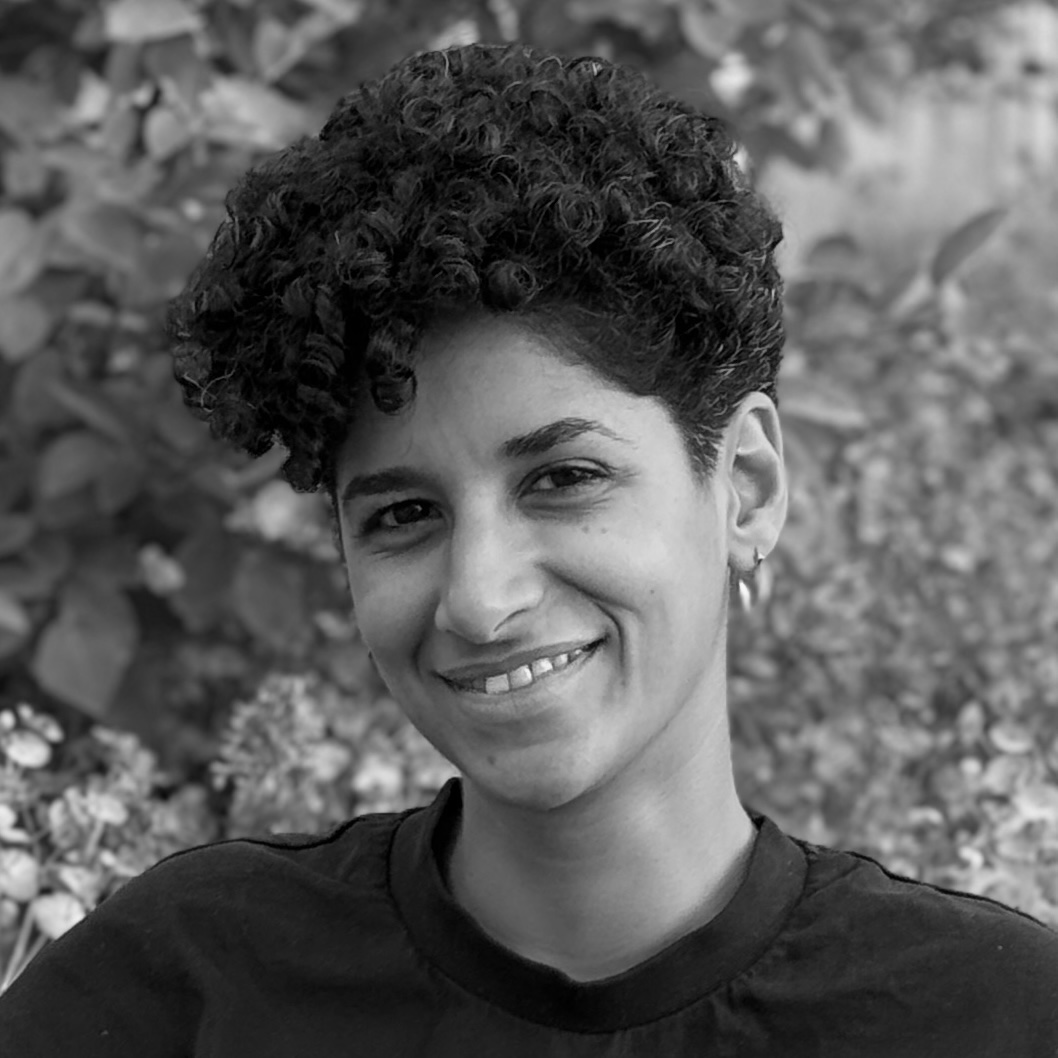ALSAIF Manar

Country: Saudi Arabia, United Kingdom
Year of Birth: 1986
Biography
Manar Alsaif is a geologist and science communicator. She was born in 1986 and grew up between the UK and Saudi Arabia. She spent most of her twenties living in Norway and working in the energy industry before shifting track to academia. In 2019, she acquired her doctorate in Geology from Montpellier University, France, and has since dedicated her career to enabling knowledge creation and transfer.
Manar spent the next 5 years at Cambridge University, UK, where she has been working on strategic partnerships and leadership to ensure research impact, particularly within the energy sector. Manar is now establishing a university-wide impact office at KAUST in Saudi Arabia, the first of its kind in the country. She is also affiliated to Homerton college at Cambridge University.
Throughout her adult life, Manar has worked on public engagement in her free time, particularly aiming to engage children in science and the pursuit of knowledge. This grew into more involvement in science festivals, and Manar now actively works as a science communicator. In addition to giving talks and guiding nature-excursions, Manar writes about nature through the lens of geology and connection to land.
Manar works in both English and Arabic and advocates for multilingual communication and inclusive community involvement, particularly when addressing environmental issues.
Find more about Manar on her website: www.manaralsaif.com
I grew up in a house full of books. Books of all sorts in multiple languages. Our literary world was vast and ever growing. Books were the one thing our parents never restricted. To this day, every time I visit my family, I glance at each sibling’s individual library and it hints to me at the ways that they are changing, and confirms what I know of their unaltering core. I wonder what my library has said about me throughout my life. Nowadays, my library is not limited to my books, but also includes land and rock. My urban upbringing left me yearning for nature. From a young age, I abandoned my brothers’ video games to spend more time in parks and gardens (often with a book). But growing up in two very flat places (London, UK, and Qatif, Saudi Arabia) left me craving terrain. I wanted to see variety in land and topography and horizon. I wanted to follow rivers and see where they get wider and if it is the same place where the slope gets shallower. I wanted to understand mountains. Why that enormous, formidable pile of rock in some places and not others? So I became a geologist.
The thing with geology is that you’re always learning and developing two things: what we know about the Earth, and how we know it. To me, the most elegant form of geology is reading landscapes, and it is something I find myself doing whether working or not. Anyone who comes on a hike with me will be subjected to my geological musings. I apologize if this is not your thing, but it is just a fact of sharing my company. You might hear about how a river is straight in one section because it follows a fault line, and I would invite you to help me work out how the rocks may have slipped on that fault line. Or you might hear about how the minerals within the rock recount a long and varied history. Maybe they started their lives in an ocean before they found themselves being recrystallized in the core of a mountain, only to eventually get exposed by weathering and picked up by us. Or you might hear about how the landscape both shapes and is shaped by the climate, a completely continuous system that we have separated in our minds, even though the clouds enact the cycle, if only we paid attention to them.
To me, the beauty of the landscape stems from the beauty of how Earth works. I am fascinated by the process as well as the outcome, and it was all hidden until I learnt to read the landscapes and their echoes in the fabric of the rock. It still blows me away when I pick up a rock in a mountain that had clearly started its life at the bottom of the ocean. To store an ocean in a mineral and build a mountain with it is nothing short of incredible. And I am so grateful to be able to read these dramatic and magnificent histories in the rocks.
When I was younger, I was fascinated by “real mountains.” Those mountains that stand high and rugged and were totally exotic to anything I had experienced. But as I learned the ways of the Earth, I came to appreciate the lower terrains of the world. You see, high mountains are those that are still being built. Their stories are much shorter, fearsome though they may look. When mountain building stops, weathering takes over, bringing down the heights to lower terrains. But all the rock removed in the process reveals the core of the mountain. Here, the temperatures will have exceeded five hundred degrees celsius and the pressures could have been as high as ten thousand atmospheres. These extreme conditions will recrystallize minerals into more densely packed crystals, forever recording what they were before they became mountains, and what they went through to become mountains.
Read the whole piece on The Markaz Review.

